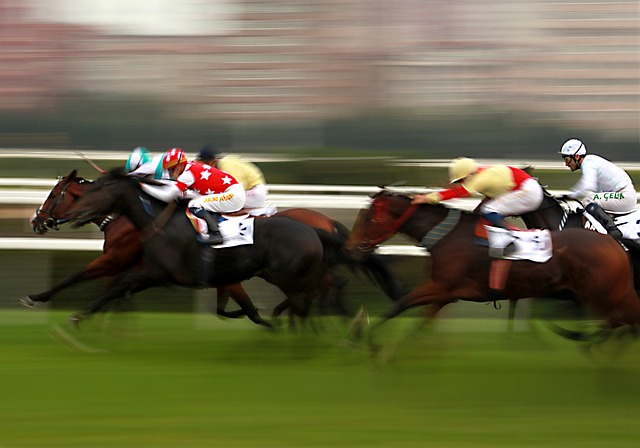Technology changes everything. Now, your body can help with betting. Wearables check your heart rate and sweat levels. This shows if you feel calm or stressed. It could help you decide when to bet or when to walk away. Many players at 22Bet casino reported that the wearables helped them make smarter bets.
What Are Wearables?
Wearables are smartwatches or fitness bands that count your steps, check your heart rate, and track your sleep. Some even monitor sweat and temperature. For bettors, wearables offer new insights. They show how your body reacts before, during, and after making a wager.
Heart Rate: A Window Into Emotion
Heart rate is a key indicator of your emotional state. When you get excited or stressed, your heart beats faster. Calm moments slow it down. Betting often triggers emotional spikes. Wearables let you see those changes in real time. This can reveal when you’re betting with a clear head, or when emotion takes over.
Sweat Levels: Signs of Stress

Your sweat shows how you feel. When you’re stressed or excited, you sweat more. Some wearables track this using sensors. For betting, high sweat levels may signal nervousness or pressure. This data can help you decide if it’s the right moment to bet or if you should pause.
The Science Behind Biofeedback
Biofeedback is when you use body data to change what you do. If your wearable shows your heart rate is high, you can stop and relax. If it shows you are calm, you might feel ready to bet. This helps you control emotions and avoid bad decisions.
Recognizing Risky States Through Biometrics
Not every moment is good for placing a bet. If your heart beats fast and you sweat more, you might feel too stressed to bet safely. Stress clouds judgment. Excitement may push you to take bigger risks. By recognizing these states through wearables, bettors can make smarter, safer choices.
From Fitness to Betting: The Evolution of Wearables
Wearables started as fitness tools. They counted steps and tracked workouts. Then, they expanded into health, tracking sleep and heart rate variability. Now, they’re entering betting. People are realizing that physiological data can improve decision-making in gambling. This evolution shows how tech continues to change how we bet.
The Role of Heart Rate Variability (HRV)

HRV is simply the gap between your heartbeats. High HRV means you’re calm, and when it’s low, it’s usually because of stress. Wearables can check your HRV before you bet. If your HRV is low, it’s better to be careful. If it’s high, you might be ready to take a risk.
How Sweat Sensors Work
Heart rate variability, or HRV, is the time gap between your heartbeats. If your HRV is high, you’re usually calm and focused. If it’s low, you might be stressed or tired. Wearables can check your HRV before you bet. If your HRV is low, it’s better to be careful. If it’s high, you might be ready to take a risk. Wearables make it easy to spot these changes before betting.
Decision-Making and Physical Signals
Many people think decisions are all in the mind. But your body plays a big role, too. Racing heart? Sweaty palms? These can push you to act without thinking. Wearables show these signals. By paying attention, you can learn when your body is helping you or leading you astray.
